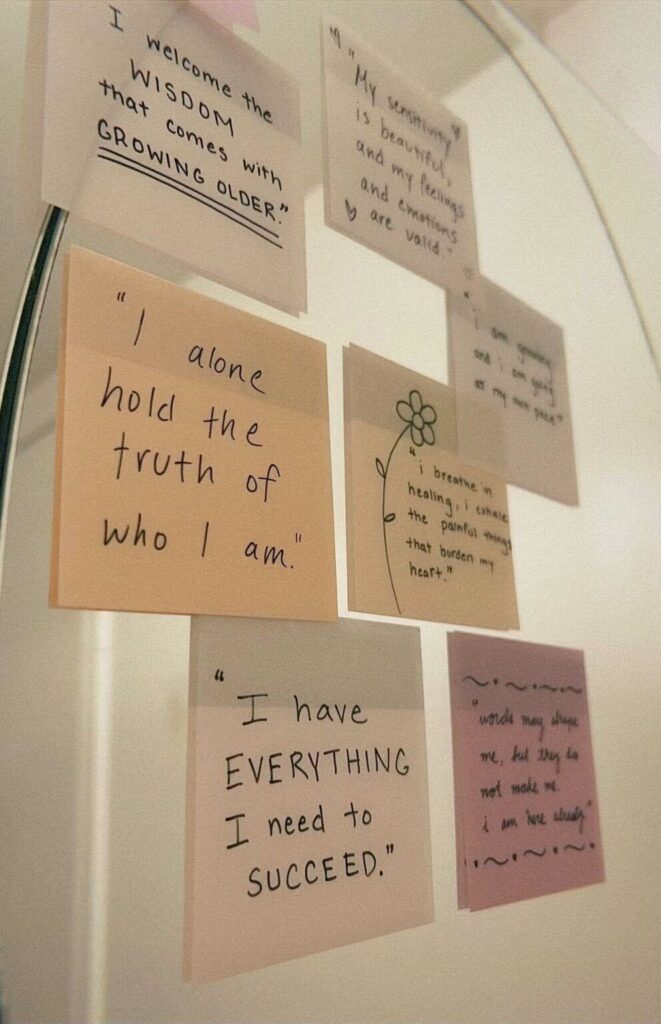What if just one thought could alter the trajectory of your entire week? Not a to-do list hack or a new productivity app, but a single mental shift that reframes how you approach challenges, setbacks, and opportunities.
Entrepreneurs and leaders are constantly bombarded with decisions, distractions, and stress. In that storm, it’s often not the workload but the mindset that determines whether the week feels overwhelming or purposeful. This article explores the transformative power of a single thought how to identify it, apply it, and let it ripple into everything you do.

The Power of a Single Thought
Our lives are shaped less by events than by how we interpret them. Cognitive scientists point out that thoughts drive emotions, which in turn drive actions. That’s why one powerful reframing can completely alter your experience of a week.
For example, instead of thinking, “I have too much to do,” reframing it as “I get to prioritize what matters most” immediately shifts from helplessness to empowerment. The tasks haven’t changed, but your energy and approach have.
As psychologist Carol Dweck’s research on growth mindset shows, the difference between seeing obstacles as threats or opportunities profoundly impacts performance and resilience.
Reframing for Entrepreneurs
For founders, every week brings uncertainty fundraising meetings, customer churn, product setbacks. The thought that changes your week often lies in turning problems into questions:
- Instead of “This is failing,” try “What can I learn from this pivot?”
- Instead of “This customer is leaving,” try “What does this teach us about retention?”
- Instead of “I don’t have time,” try “What deserves my time most?”
This isn’t toxic positivity it’s strategic reframing. It gives entrepreneurs the mental space to lead from clarity rather than fear.
A Global Perspective
Around the world, leaders use different mental anchors to guide their week:
- In Japan, the philosophy of Kaizen encourages small, continuous improvements rather than overwhelming leaps.
- In South Africa, the concept of Ubuntu (“I am because we are”) shifts focus from individual stress to collective progress.
- In Silicon Valley, founders often use the mantra, “Done is better than perfect,” to avoid paralysis by analysis.
Each of these is just a thought a guiding lens that can transform daily choices and energy.
Practical Ways to Apply the Thought
The key is not just identifying the thought, but embedding it into your week. Here’s how:
- Write it down. Place it where you’ll see it daily on your desk, phone background, or notebook.
- Start meetings with it. Share your anchor thought with your team as a tone-setter.
- Pair it with reflection. Ask each evening: Did this thought shape my actions today?
- Adjust weekly. Some weeks need resilience; others need focus. Adapt your guiding thought to your current season.
According to a 2022 Harvard Business Review study, leaders who use weekly mental anchors reported 23% higher productivity and lower stress levels compared to peers without them.
Example of a Transformative Thought
Imagine starting the week with:
- “Progress, not perfection.” Suddenly, shipping the draft or making the pitch feels lighter.
- “One conversation can change everything.” You enter calls and meetings with openness and optimism.
- “What matters most right now?” Instead of drowning in tasks, you focus with clarity.
The right thought doesn’t erase challenges, it equips you to meet them differently.

Conclusion: Anchor Your Week in One Thought
Your calendar may be packed, your goals ambitious, your obstacles real. But the difference between burnout and breakthrough often comes down to mindset.
If you want to change your week, don’t start with your schedule. Start with your thought. Choose one guiding idea that gives you energy, clarity, and perspective and let it ripple through every decision.






